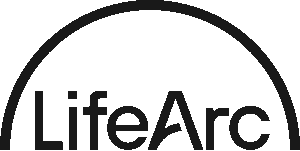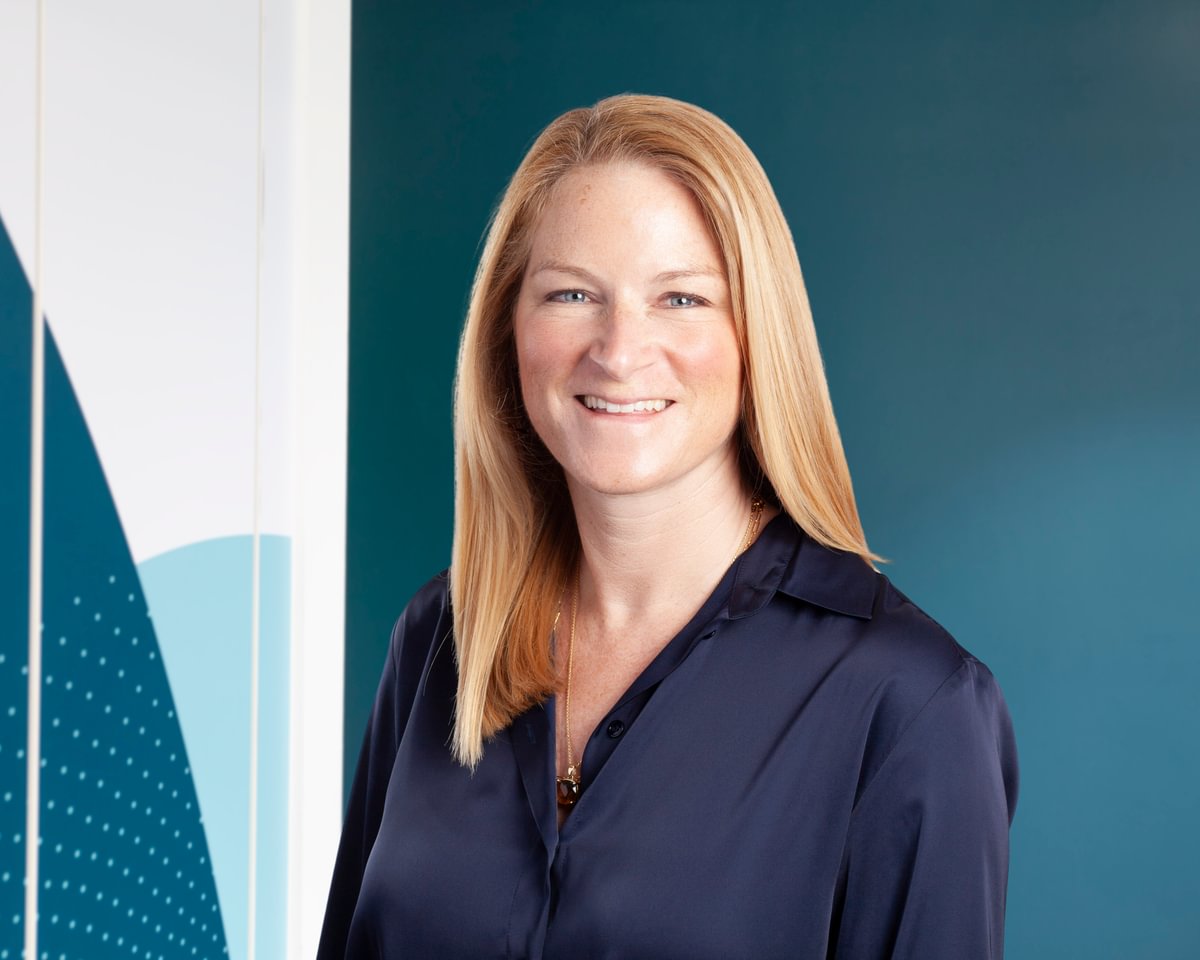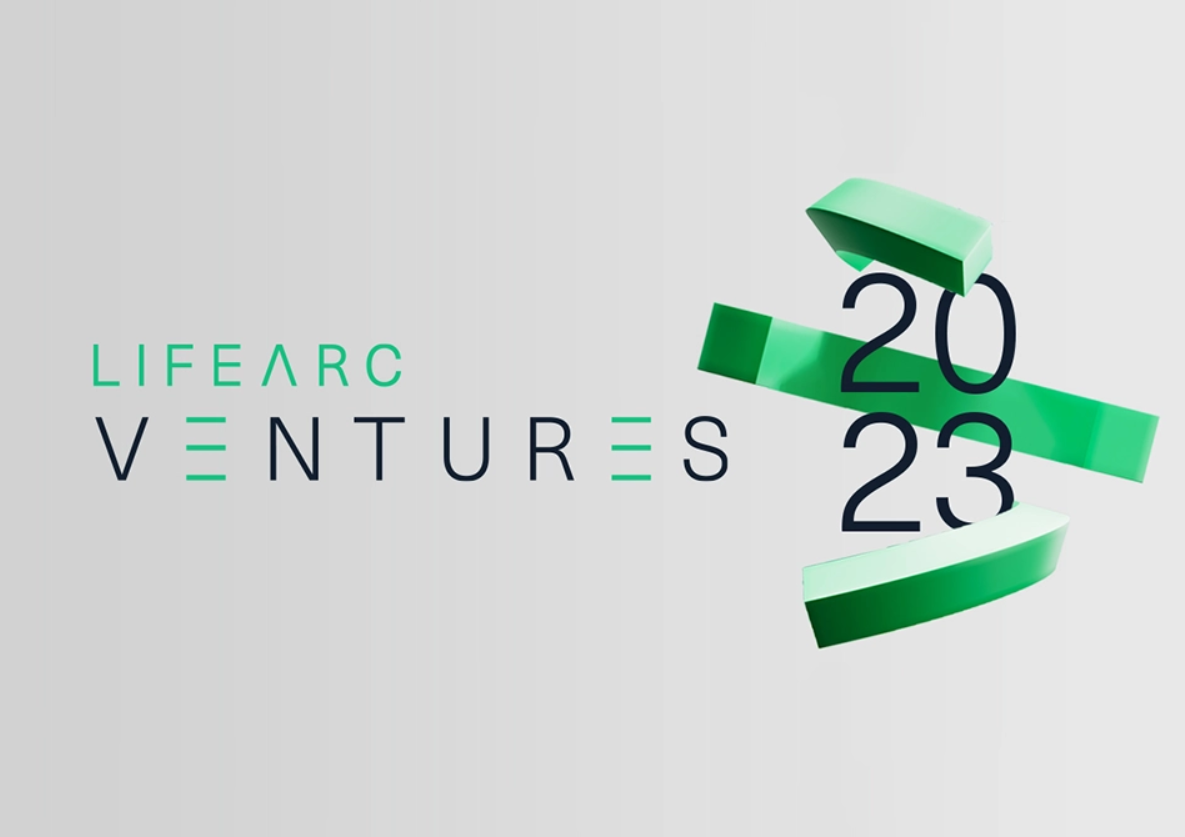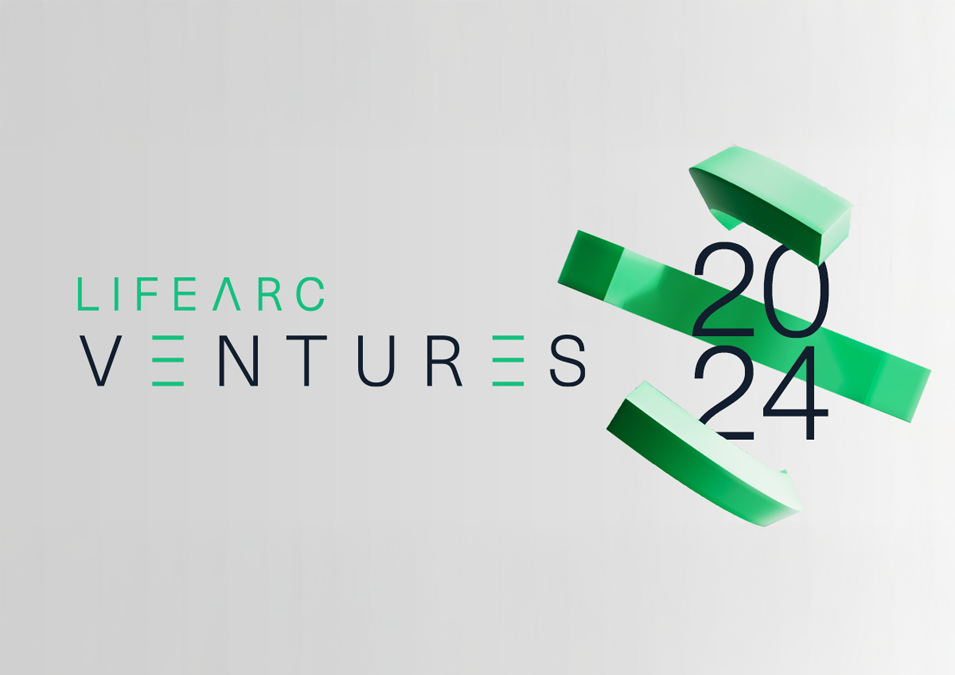“There is a lot of capital out there in biotech land that has been largely locked up. Companies are coming through the bottom of the curve in the current funding cycle. The stronger ones have survived and are being funded.”
Clare Terlouw, head of LifeArc Ventures
Speaking to In Vivo, Clare said the more investors put their capital to work, consequently the more they will use their reserve capital, which in turn should release available capital for new investments and companies.
Recent investments completed by LifeArc Ventures are indicative of a general improvement in sentiment and confidence in life sciences investment opportunities in the UK and beyond, she believes. The UK-based investor’s recent record of activity includes two early-stage investments, firstly in Ikarovec in October 2024, a company progressing novel bicistronic gene therapies for major chronic eye diseases company; and in AviadoBio. In October 2024, Astellas Pharma signed an option and license agreement with gene therapy-focused AviadoBio for its leading candidate AVB-101, an AAV-based gene therapy in Phase I/II for frontotemporal dementia with progranulin mutations (FTD-GRN).
The agreement gives Astellas the option for worldwide exclusive rights to develop and commercialize AVB-101 in FTD-GRN and other potential indications. AviadoBio will get a $20m equity investment and up to $30m in upfront payments for the option and could realize up to $2.18bn, including license fees, milestone payments and royalties.
LifeArc Ventures has also completed four follow-on financings in the past two to three months, all of which have been syndicated.
In terms of what we’re seeing now in our portfolio – follow-on financing series A or B – we’re now much more able to do investments and syndicate them. Earlier, it was still really slow to get things done,” Terlouw said.
Ikarovec was a small company in which LifeArc Venture was among the first investors, and led the recent seed round extension. The fund first invested in AviadoBio in 2020, and then again in 2021 in another well-syndicated round. Both companies are, by coincidence, in gene therapy and they also fit LifeArc’s seed or series A investments focus.
“They are a good example of what our model is: get in as early as possible and make sure we’re in a strong syndicate and are well positioned to help the company raise further capital,” Terlouw said.
It takes time for investors to figure out which portfolio companies they want to double down on and we’re now coming out of that phase.”
LifeArc’s portfolio has benefited from the general uptick in life sciences investor sentiment observed by Terlouw. More broadly, the general funding environment is starting to improve, she said. “The fact that we’re starting to see deals unlocked is really promising.”
Factors influencing recent changes
While the investor climate goes through cycles, “ we’ve really hit the bottom of this particular cycle,” she said, noting that there are several factors behind the changing outlook.
Along the way, there has been attrition among biotechs unable to raise money and thereby unable to benefit from any upwards swing of the funding curve. In addition, VCs have been holding high levels of reserve capital to fund their existing companies. That has meant capital available for new companies has been reduced.
“It takes time for investors to figure out which companies in their portfolio they want to double down on and put capital into. We’re now just coming out of that phase,” she observed.
Cycles and cyclical patterns
If the cyclical nature of biotech funding is predictable, in some ways what is not predictable are the macroeconomics and how they drive funding activity. If and when interest rates come down further, investors will be encouraged to once more look at the life sciences asset class.
The performance of the Nasdaq and the IPO window are other key factors that influence how quickly the sector can recover. “We need that IPO window to be open,” Terlouw said.
What might be different coming out of the current cycle is that the VCs have raised large funds. A lot of money has gone into life science ventures. “We now need to see the VCs who have deployed capital show they are returning capital to their own LPs in order to raise the next funds,” she said.
And that depends on the IPO window and the M&A market. “My feeling is that while there have been some transactions in 2024 – and it’s been better than last year – it is still quite quiet in biotech.”
Market focus on clinical stage assets
In addition, a lot of money is going into clinical stage assets, Terlouw said, adding: “They are more transactable. I feel we should start to see that coming through next year.”
Preclinical/high risk is LifeArc’s typical entry point. It sold two companies at preclinical stage a couple of years ago, but Terlouw notes that the market is now ready to wait longer.
“There is no shortage of really high-quality UK investment opportunities at seed stage. Clearly at the moment, the market is looking for clinical-stage opportunities so, for us, that means we have to continue to fund our companies to get them further along the development cycle before they might interest a buyer.”
But it does not change LifeArc Ventures’ investment strategy, which aligns with the LifeArc charity’s focus on developing and funding early-stage science for underserved health conditions.
Close to UK opportunities
LifeArc lauds its UK home market’s strengths in preclinical science and the opportunities for investing in local life sciences.
Being in the UK has its benefits. On the negative side, the UK still struggles with growth capital at the later funding rounds. UK investments need to be fully syndicated, and to also have capital invested from the US and internationally, she noted.
A Nasdaq IPO is a strategic option for UK innovators, but they need to have the right investor base to position themselves for that, she advised. Having said that, US biotech investors have been showing more interest in UK opportunities lately.
Typical life science investors are principally concerned with science, and not so much about where a company is based. “They are driven by the best science and innovation – and they can get that in the UK,” Terlouw asserted.
UK Mansion House reforms
LifeArc is following closely the Mansion House reforms, a compact that could serve as a mechanism to enable UK pension funds to invest in life sciences as an asset class.
Much of Terlouw’s work as a board member of the BioIndustry Association (BIA) is aimed precisely at trying to raise awareness of opportunities to invest in life sciences and help educate pension funds about the asset class in general. “We need to find solutions and address the barriers,” she said.
The British Private Equity & Venture Capital Association (BVCA), the voice of private capital in the UK, is also working on this, and the British Business Bank is a potentially important player in this area too. “People want this agenda to move forward. I feel it.”
LifeArc’s approach to portfolio and medical device activity
LifeArc currently has 17 active companies in its portfolio and was due to add another before year-end 2024. The company tends to invest in two to four companies a year, ideally, mainly in biotech.
The investor is also looking at a medical device opportunity soon, she said. Different criteria will apply in the medical devices space. LifeArc is looking at a de-risked Series A opportunity once enough human data has been reviewed. “We would want to see device companies a little more developed than what we would do on the therapeutic side,” she explained.
Valuations
LifeArc Ventures currently has 10 limited partner (LP) positions in global life sciences venture funds, in the UK, wider Europe, and the US. Terlouw said she is pleased with the way this fund of funds is unfolding, and how the benefits can feed back into LifeArc’s other work.
It helps LifeArc to build relationships with funds’ general partners and to connect and share advice with funds all over the world. “We invest for financial returns and in line with our purpose, but the strategic relationship benefits of this program are really strong and help us consolidate our understanding of what’s going on in the world,” she said.
LifeArc has two venture investment strategies: the fund of funds, and the Venture Fund (direct investment). The fund of funds has a specific amount of capital which LifeArc will commit. The capital for the 10 LP positions is ringfenced.
On the direct investment side, LifeArc’s funding and capital deployment policy allows for a reserved amount of up to £15m ($19m) for any company in its portfolio over the lifecycle of the individual investment.
“The majority of our time as a team is spent on direct investments,” Terlouw said. “Writing a check into companies for the first time is the easy part; the more time consuming, harder part is helping them mature and grow, and solving their problems.”
2025 outlook
Valuations on the medtech side have lately become more balanced, and investors are happier with pricing. “Biotech valuations are much more realistic now, with companies having adjusted their expectations,” she said.
As to future trends for next year, Terlouw feels that conservatism still dominates thinking. “We’re seeing signs that funding rounds are improving, and people are making commitments to more companies. The hot deals are getting done quickly, but there remains a big gap between those and the smaller, preclinical companies that will find it difficult.”
Nevertheless, Terlouw predicts a better funding environment next year, but she also reiterates that M&A must pick up because VCs need to return capital back to their LPs. And the IPO window needs to open again to ensure that big shift happens.
But good things have been happening too, and many companies have emerged from the current cycle as stronger units that are able to raise money and move forward. The fact that there is more cash around at VCs helps.
“I do think 2025 will be better than 2024. I am an optimist,” Terlouw said.
Product sectors and the lure of AI
Investment areas to monitor going forward include immunology and inflammatory diseases, the central nervous system and psychiatry. “And we can’t forget what artificial intelligence and combination data sets mean for patients,” she said.
However, digital and AI are clearly a means to an end and not the selling point they were just a short time ago. “We are normalising these things more, and investors are acutely aware of overuse of the word ‘AI’.” Companies that incorporate AI are presenting this as an enabling tool within their business model.
On the other hand, AI is still developing from an investment point of view. A lot of chief scientific officers and scientists view AI as a way of getting things done within their research programs.
LifeArc Ventures factors these considerations into its assessment of candidates for funding. For now, LifeArc Ventures intends to keep doing more of what it is already doing. “We’re only a few years into our fund strategy. We’ll keep going on our current track and will be happy to be measured on the yardstick of returning capital,” Terlouw said.




